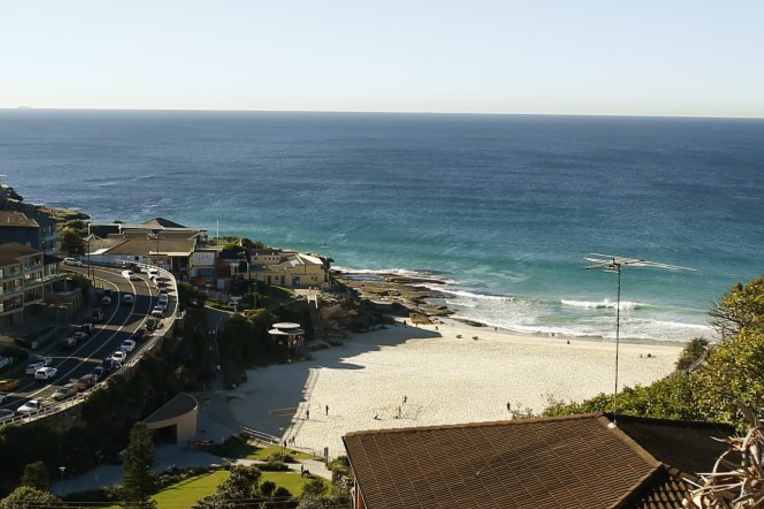How your apartment block can self-finance a revamp
by Jimmy ThomsonThe slump in apartment sales may have saved some of Sydney’s older apartment blocks from demolition and replacement by something shiny and new – and apartment owners are calling it a game-changer.
That’s because, instead of speculative developers scouring the streets looking for signs of imminent collapse or just buildings in need of a little TLC, owners are using the same laws that allow for the “forced sale” of old blocks to renovate and renew at little or no cost.

One of the more controversial aspects of the strata laws introduced in NSW in 2016 was the provision that would allow a 75 per cent majority of owners in a block that was costing more to maintain than it was worth to compel a minority to sell the entire block.
Previously this “collective sale” option – which potentially offered a windfall in a rising market – required a unanimous vote by the owners.
That is still the case in most other Australian states and territories. In NSW, just the prospect of being compelled to sell brought some recalcitrants to the table when lucrative deals were offer.
Not quite hidden but largely ignored in the law changes was the redevelopment option, whereby the same super-majority could be used to require other owners to allow extensions and additions within a block or on its land, to pay for an upgrade of the existing building.
The idea is that the owners corporation sells some of its common property at an agreed fair price, to an existing owner or an outside developer, to extend or add to the building, using the money to repair or upgrade the original block.
Or the owners corporation could become the developer, in concert with a reputable builder – especially one who understands strata.
Two prominent examples are at 101 Ramsgate Avenue, Bondi Beach, and the much larger Glenview Court at nearby Tamarama, the latter long regarded as an eyesore and a slum in the making.
In the Ramsgate Avenue project, Maxbuild has upgraded a 1930s block, including adding balconies and improving electricals, plumbing and fire safety, financed in part by an owner being sold roof space in which to extend his unit, a scruffy basement being turned into new flats and a couple of owners converting space above garages to short-term rental accommodation.
Cheaper option
Over in Tamarama, the Tobias Group is adding two $10 million penthouse apartments, with spectacular ocean views, to pay for concrete cancer cures, a fire safety upgrade and the installation of underground parking.
For many years, Glenview Court was an example of everything that was wrong with apartment development in Australia. The original Harry Seidler design which won planning permission was quickly dropped in favour of a cheaper option which was poorly constructed and the building rapidly descended into dilapidation and disrepair.
Crippling fire orders finally forced owners to confront the realities of their situation – and it’s unlikely that Waverly Council would have permitted anyone to replace the seven-storey, 78-apartment block with anything remotely of that scale in such a prominent position.
The revitalised new building, with its new scalloped roof, is a massive improvement, inside and out. Both projects were made possible by strata loans that allowed the initial planning, approvals and building work to proceed unhindered.
Experts estimate that there are about 100,000 older blocks across Australia that could benefit from upgrades financed by extensions. All it takes is a little imagination and, unless you have the right laws in place, a lot of persuasion.